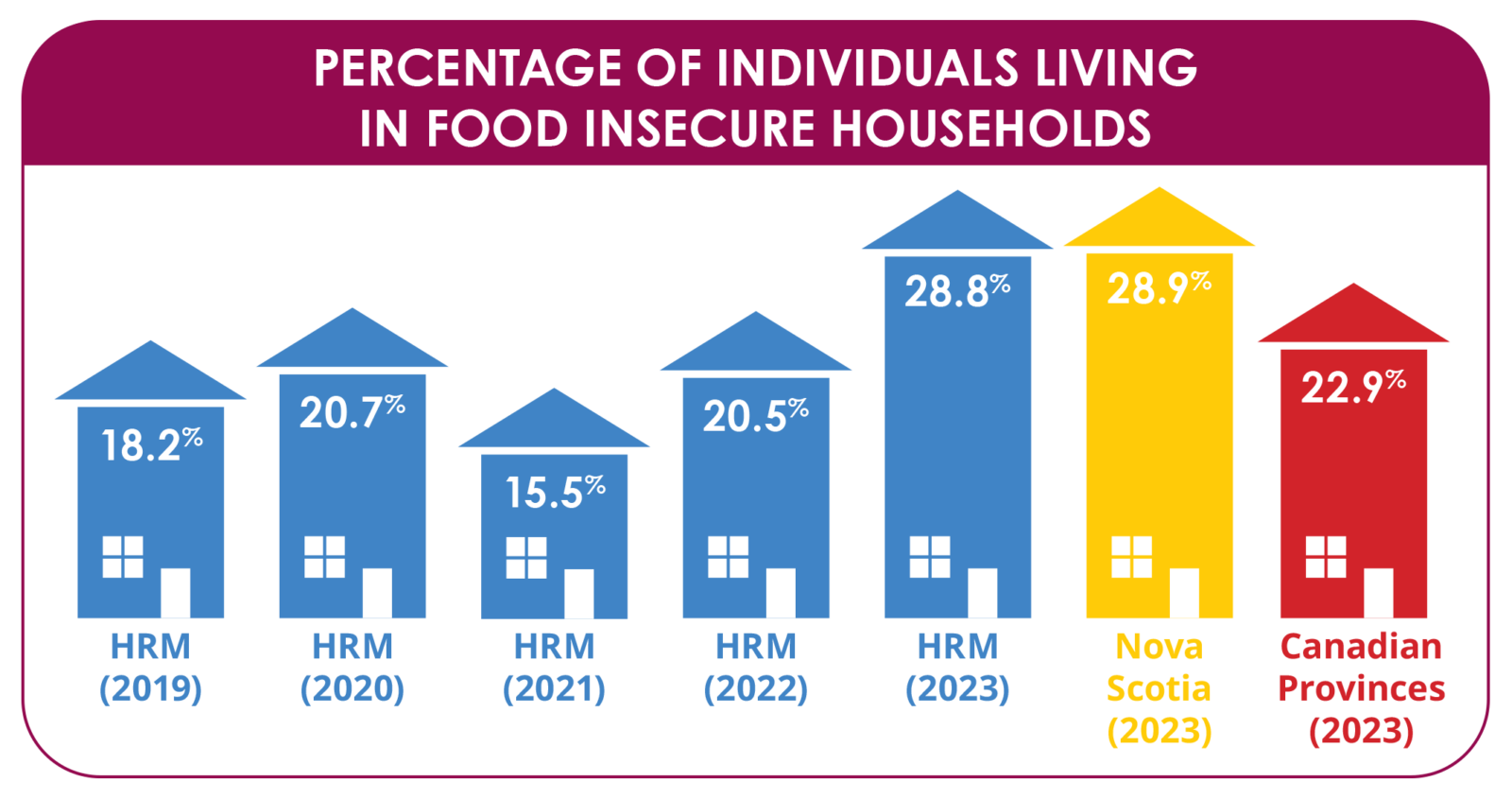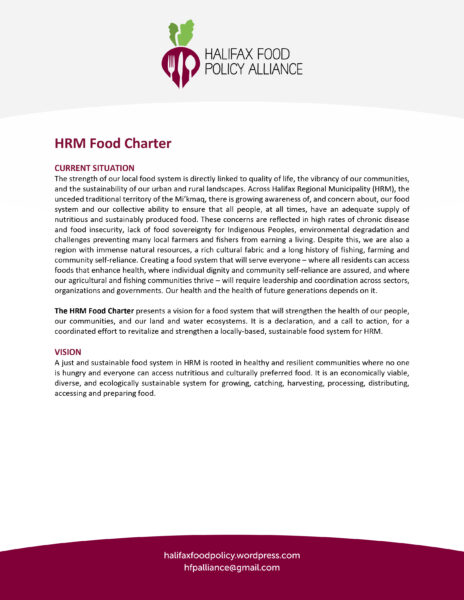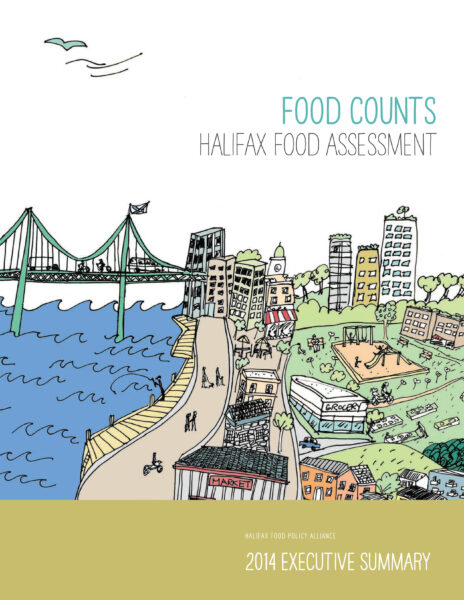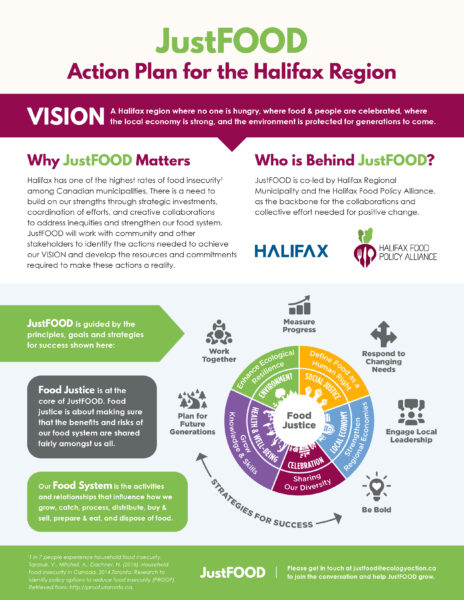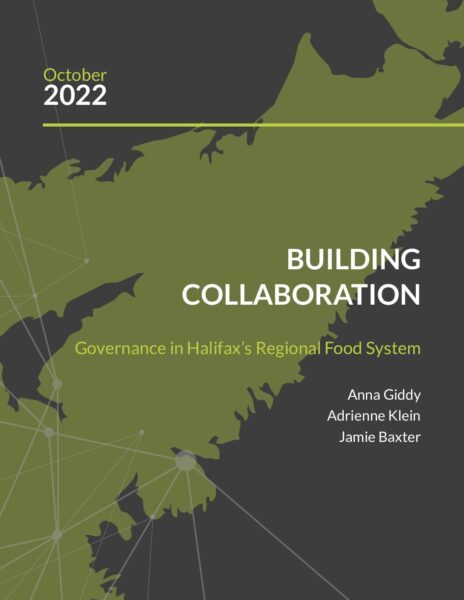Everybody eats. But access to nutritious food isn’t equal for everyone.
About 1 in 4 children in Nova Scotia are in families who sometimes struggle to afford the food they need2
3,976
average distance traveled by a food item from its origin to Halifax3
of Halifax residents grew fruit, herbs, vegetables or flowers for themselves4
- References: Statistics Canada, Canadian Income Survey (CIS) 2018-2022. Custom Tables for Halifax Census Metropolitan Area. PROOF Food Insecurity Policy Research. “New Data on household food insecurity in 2023.” Retrieved from: https://proof.utoronto.ca/2024/new-data-on-household-food-insecurity-in-2023/ Note: To align with PROOF’s reporting methods and to reflect the year of CIS data collection, we’ve labeled the data using the year it was collected. CIS data on food insecurity are collected in the year following the survey reference year.
- Tarasuk V, Li T, Fafard St-Germain AA. (2022) Household food insecurity in Canada, 2021. Toronto: Research to identify policy options to reduce food insecurity (PROOF). Retrieved from proof.utoronto.ca
- Scott, J. and Macleod, M. (2010). Food Miles: Is Nova Scotia Eating Local? And if not, where is our food coming from?
- Statistics Canada. (2021). Table 38-10-0025-01 Homegrown, herbs, vegetables and flowers. Available from www150.statcan.gc.ca/t1/tbl1/en/cv.action?pid=3810002501
